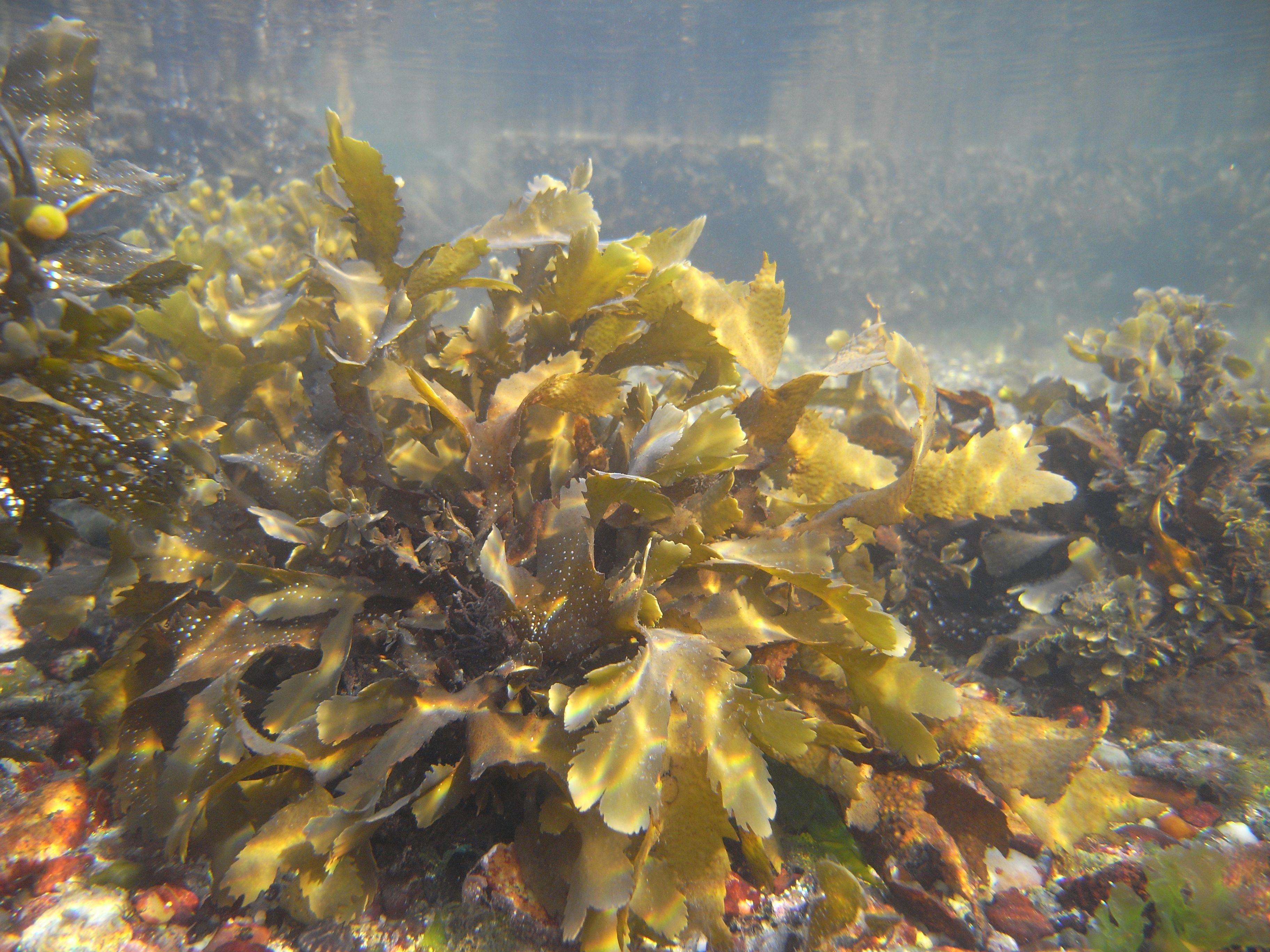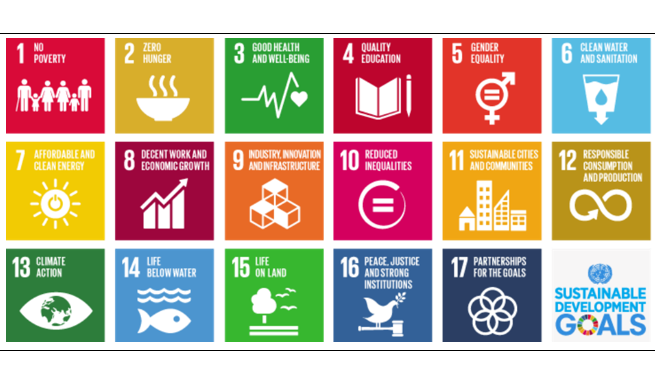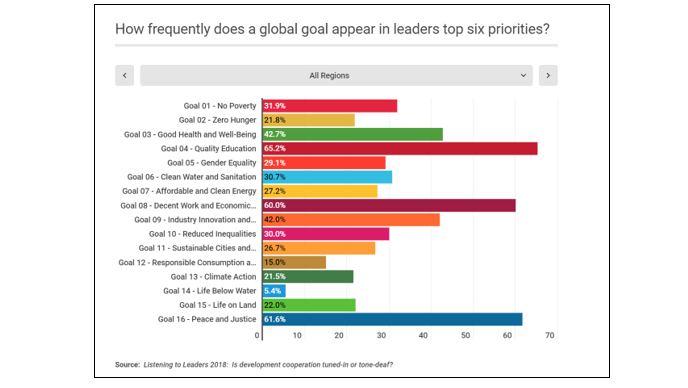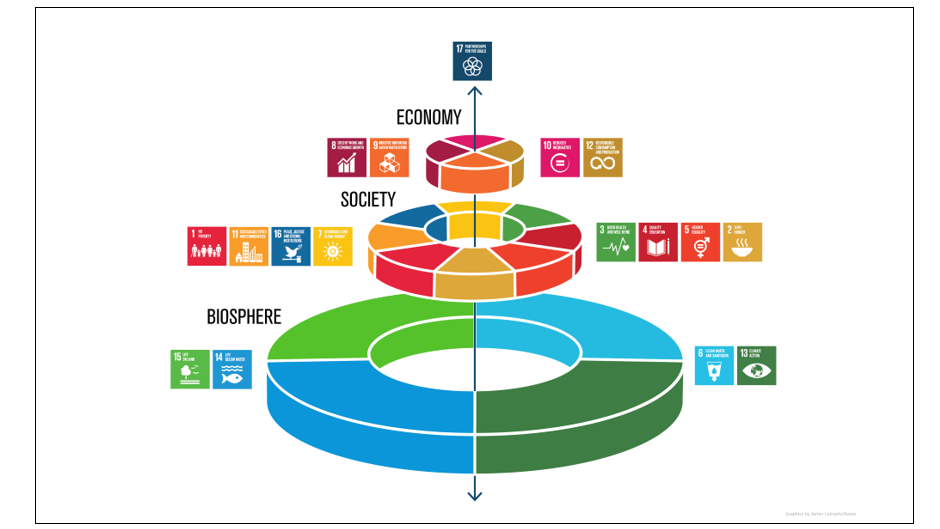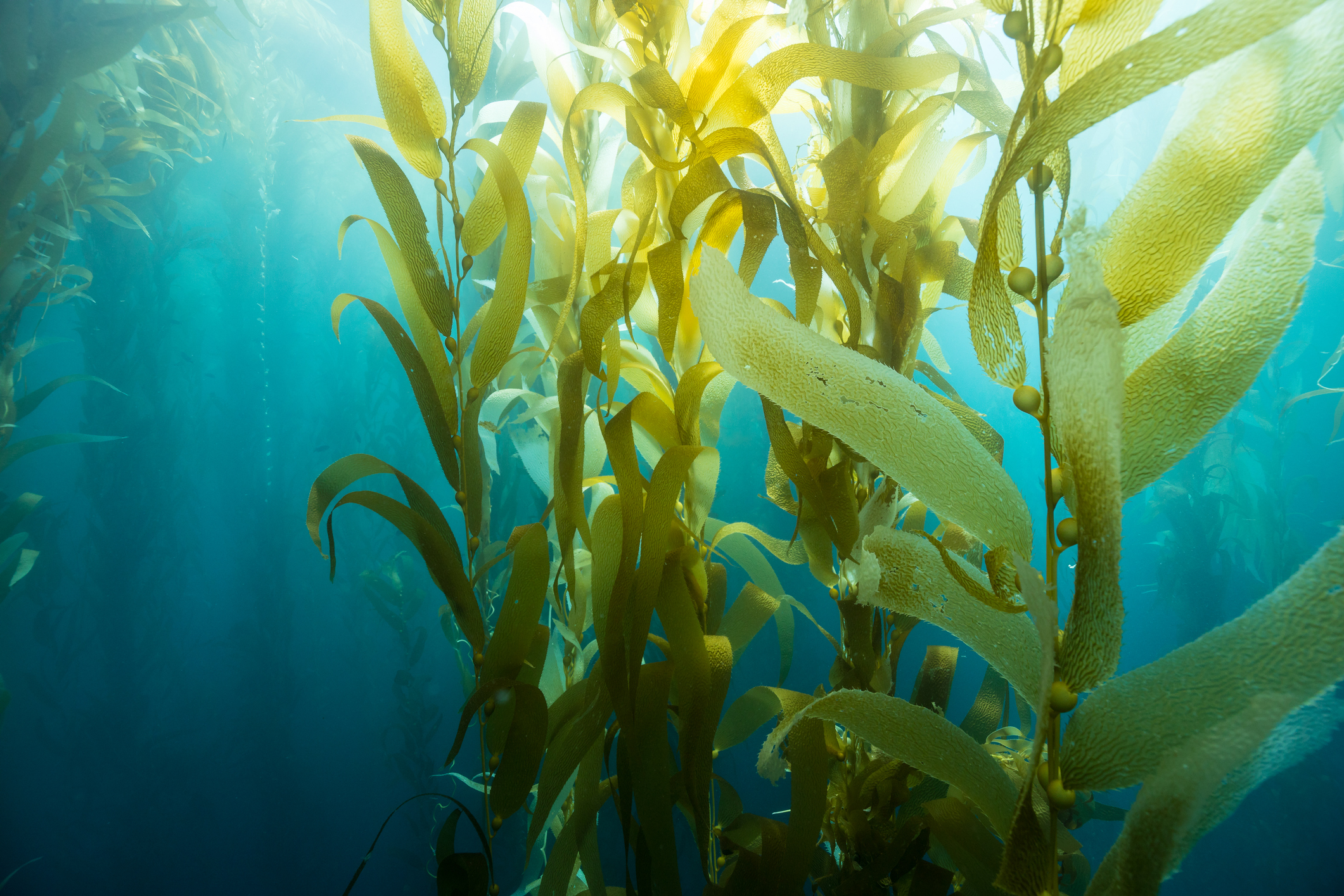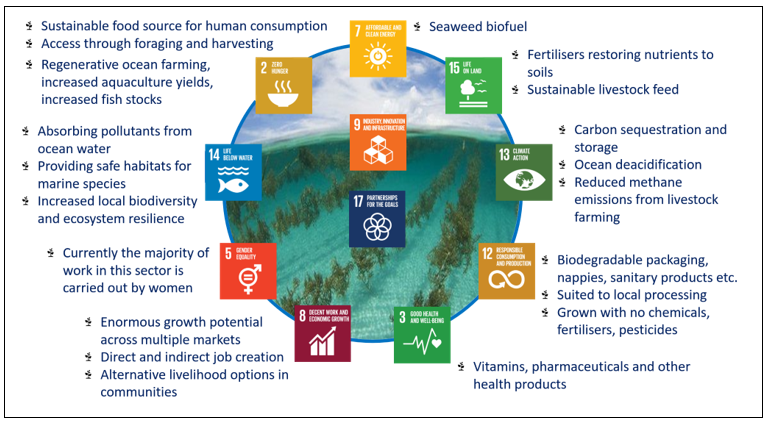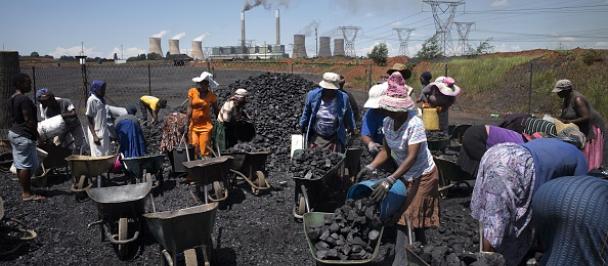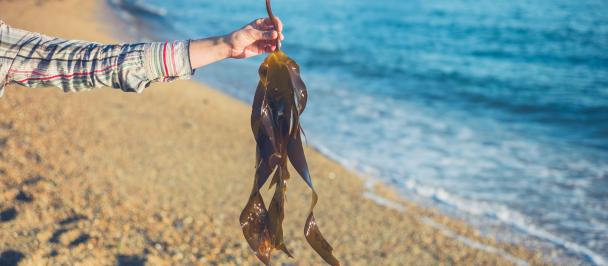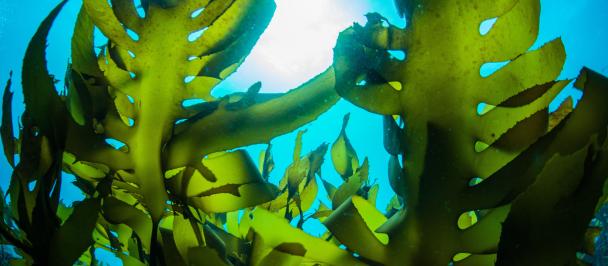Image: Creative Commons ( CC-by-SA)
Let’s play a little game… The Sustainable Development Goals (SDG) provide a blueprint to end poverty, protect the planet, and ensure that all people enjoy peace and prosperity. Before reading further, have a look at the picture below and decide which two SDGs YOU think should be prioritised in order to achieve these overall goals (only two, no cheating):
At the Accelerator Lab South Africa, we have asked this question a number of times in various participatory forums. And every time, I am blown away by the scant attention SDG 14 and SDG 15 receive (did they feature in your top two?).
Just have a look at this survey of 3500 leaders in developing countries where SDG 14 was considered the least important of all the SDGs, and SDG 15 didn’t fare much better.
One explanation could be that in developing contexts (like South Africa’s), the environment is seen as a luxury compared to other development challenges. As Carl Death said, a great hindrance to achieving environmental sustainability is the continuing perception that it is frivolous to care “about butterflies and rhinos in the face of extreme poverty, deprivation, unemployment and the urgency of economic growth”.
However, all systems are built from hierarchies. As humans are built from cells to create functioning bodies, so the environment provides the building blocks for all functioning on this planet.
I was thrilled to stumble across the ‘wedding cake model’ developed by Carl Folke, Johan Rockström and others which perfectly demonstrates how the biosphere creates the preconditions for the achievement of all of the SDGs.
Source: Azote Images for Stockholm Resilience Centre, Stockholm University
As captured in their 2016 article, “Humanity is embedded in the biosphere. Nature is inside us as much as we are inside nature.” No SDG is possible without a functioning environment.
SDG 15 refers to Life on Land. As humans, we fall into the category of life on land, so I’m not going to elaborate any further on that one. But, if I still haven’t convinced you, let’s take a closer look at SDG 14:
The ocean absorbs about 30% of all anthropogenic carbon emissions; marine plants and algae produce approximately 50% of the photosynthetic oxygen on the planet; the ocean absorbs 93% of heat trapped by rising anthropogenic carbon dioxide; the ocean drives global weather patterns, regulating temperatures on land (“acting as a heater in the winter and an air conditioner in the summer”); the ocean holds an estimated 50 – 80% of all life on earth; more than 3 billion people rely on the ocean for their livelihoods, with the vast majority in developing countries.
And covering 70% of the earth’s surface, the ocean is a major part of an intricate and implicitly interconnected earth system (don’t even get me started on the critical importance of whale poo…).
So what is the South African Accelerator Lab doing to contribute to the achievement of SDG 14? We’re starting with seaweed.
Image from Wbur
Seaweeds, kelp and other macroalgae can be grown using no land, no fresh water, and no pesticides or fertilisers. They are a highly nutritious food source for humans, as well as livestock (and they can dramatically cut methane emissions in livestock farming). They are used to produce fertilisers, thickening and gelling agents, textiles, pharmaceuticals, and cosmetics. And all while these fast-growing plants capture significantly more carbon than terrestrial plants, decrease ocean acidification, and absorb pollutants from the water.
We know that we cannot tackle the complexity of today’s development challenges with single-point, linear solutions, and so the Accelerator Labs use portfolio design and portfolios of experiments. Guided by this methodology, we take a systems lens and develop a ‘nexus approach’ to prod the system at multiple leverage points. As you can see in the simplified diagram below, seaweed can create co-benefits and positive impacts across numerous SDGs.
Seaweed is starting to gain the attention it deserves, and there are some fascinating projects underway. For example, Kelp Blue in Namibia who are re-wilding the ocean by planting kelp forests; Ocean Farmers in Madagascar who are using an innovative model in communities called “contractual village aquaculture with relational governance”; Or Prof Tim Flannery who has a vision for mobile oceangoing farms to combat climate change.
We are also seeing growing interest in seaweed across the UNDP network. AccLab Namibia are working with a local innovator to use seaweed for chicken feed during droughts; AccLab Barbados and the Eastern Caribbean are investigating seaweed to create biodegradable packaging; and in Mexico they are using seaweed to create bricks for homes.
In South Africa, we are currently conducting a research study in coastal communities to surface perceptions on seaweed, seaweed use, and any indigenous knowledge or grassroots solutions relating to seaweed. We are also collaborating with Vincent Doumeizel at UN Global Compact and Philippe Potin at CNRS in France - veritable Seaweed Sealebrities (sorry I couldn’t help it). They have recently published the Seaweed Manifesto and will be supporting the setting-up of an African Technical Working Group on seaweed in 2021 with the funding opportunities provided by the Lloyd’s Register Foundation for their project of a global Safe Seaweed Coalition. We are expanding our seaweed society, bringing together all forms of actors, stakeholders, and people passionate about environmental sustainability to begin building a global offer on seaweed solutions.
Coming back to how we value and prioritise the environment: as we close off this unprecedented year that has exacerbated existing development challenges as well as created new ones, let’s not take our eyes off the picture that is bigger than the pandemic: our survival is dependent on the health of our planet.
As the UN Secretary-General António Guterres said in a recent speech, “Let’s be clear: human activities are at the root of our descent towards chaos. But that means human action can help solve it. Making peace with nature is the defining task of the 21st century”.
Let’s build back better, and build back BLUER! If you are interested in joining the seaweed revolution (viva!), please get in touch with me at simone.smit@undp.org

 Locations
Locations
